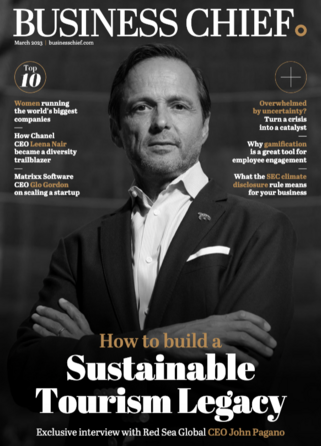Tencent’s WeDoctor raises $500mn, valued at $5.5bn pre-IPO

Chinese online healthcare solutions platform, WeDoctor, has raised $500mn in its most recent round of funding.
WeDoctor is backed by Tencent Holdings and announced the funding on Wednesday. The company is now valued at $5.5bn as a result. Founded in 2010, the platform provides healthcare diagnosis as well as online appointment-booking services for Chinese customers, who often face long queues for hospital appointments.
See also:
Chinese healthcare app prepares for $1.1bn IPO
Feature: Global healthcare insurer Aetna is set to grow in Asia
Business Chief, Asia edition – May issue out now!
The company, which is set for an IPO this year, received its most recent backing from a group of investors including AIA Company Ltd, part of insurance company AIA Group Ltd, as well as NWS Holdings, an infrastructure and services group.
The news comes after a similar Chinese healthcare business, Ping An Good Doctor, issued an IPO worth around $1.1bn.
Good Doctor is a healthcare app which offers information and consultancy, as a subsidiary of China Ping An Group, a health insurance provider.
With McKinsey & Co reporting the Chinese healthcare market is set to be worth $1trn by 2020, this could mark a growing trend in online healthcare solutions for an increasingly large customer base.
- Will this be the best-ever year for IPOs in Indonesia?Corporate Finance
- Why Alibaba is creating six business groups to unlock valueTechnology
- 8 Middle East IPOs to watch as regional activity soarsLeadership & Strategy
- McKinsey: Keeping price value sustainable during inflationLeadership & Strategy



